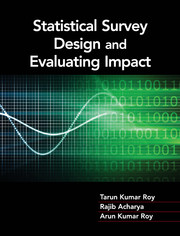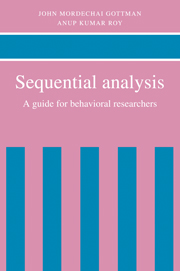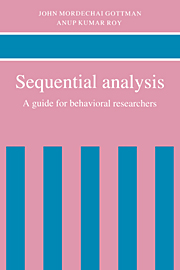Statistical Survey Design and Evaluating Impact
Statistical designs, sample surveys and evaluation designs are fundamental tools for solving queries related to population parameters and the effects of public programs and policies. This book explores the concepts of effective sampling and evaluation techniques in a cohesive and concise manner. Sampling design techniques, including simple random sampling, stratified sampling, systematic sampling and cluster sampling, are presented in detail. These techniques play a vital role when choosing an appropriate sample survey design. The concepts of multistage design, non-sampling errors and evaluation techniques including before-after design, one-time treatment and control design are discussed extensively. The book focuses on different methods of estimation, including multiple regression analysis and logistic regression. It covers the issue of bias in a design, the source of such bias and ways to overcome it. Clear guidelines with remedial measures are outlined to facilitate choosing a suitable sampling design.
- Embeds important concepts of sample survey and evaluation design in single volume
- Includes a dedicated chapter on understanding the statistical significance of an estimated impact
- Real-life examples and case studies are provided for easy comprehension
Product details
No date availableAdobe eBook Reader
9781316758786
0 pages
0kg
Table of Contents
- Preface
- Acknowledgements
- Foreword Fred Arnold
- List of tables
- List of figures
- 1. Introduction to sample survey designs
- 2. Basic sampling designs
- 3. Multi-stage designs
- 4. Probability sampling under imperfect frame
- 5. Tackling non-sampling errors
- 6. Introduction to evaluation design
- 7. Designs for causal effects: setting comparison groups
- 8. Designs for causal effects: allocation of study units
- 9. Statistical tests for measuring impact
- 10. Case studies
- References
- Index.







